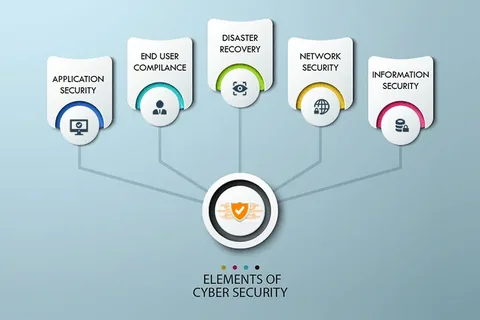Introduction
In the face of natural or man-made disasters, the ability to respond swiftly and effectively is crucial for minimizing the impact on communities and accelerating the recovery process. Artificial Intelligence (AI) emerges as a transformative force in disaster recovery efforts, offering innovative solutions that enhance preparedness, response, and recovery. This article explores the multifaceted role of AI in disaster recovery, showcasing its potential to revolutionize how we navigate and overcome the challenges posed by unforeseen events.
Predictive Analytics
AI-powered predictive analytics play a pivotal role in early warning systems for disasters. By analyzing historical data, weather patterns, and environmental indicators, AI algorithms can identify potential risks and predict the likelihood of disasters. This early detection enables timely and targeted warnings, allowing communities to prepare and evacuate, ultimately saving lives and minimizing damage.
Natural Language Processing (NLP)
Natural Language Processing is employed in analyzing vast amounts of textual data from sources like social media, news articles, and emergency reports. AI algorithms can sift through this information to extract relevant insights, providing real-time updates on the evolving situation. NLP enhances situational awareness, aiding authorities in making informed decisions during critical phases of disaster response.
Drone Technology
AI-powered drones play a crucial role in search and rescue operations. Equipped with computer vision and machine learning algorithms, drones can autonomously navigate disaster-stricken areas, identify survivors, and assess structural damage. This accelerates the search and rescue process, especially in challenging or hazardous environments, enhancing the chances of locating and aiding victims.
Computer Vision
Computer vision, a subset of AI, enables the analysis of visual data captured by cameras and sensors. In disaster recovery, computer vision assists in assessing infrastructure damage, identifying hazards, and monitoring the progress of recovery efforts. This technology enhances the efficiency and accuracy of post-disaster evaluations, informing decision-makers about the extent of damage and required interventions.
AI-Driven Decision Support
In the aftermath of a disaster, efficient resource allocation is crucial. AI-driven decision support systems analyze data on the ground, considering factors such as population density, infrastructure damage, and access to healthcare facilities. This information helps authorities prioritize and allocate resources effectively, ensuring that aid reaches the areas most in need.
Supply Chain Optimization
AI contributes to optimizing supply chains for disaster response. Machine learning algorithms analyze historical data and current conditions to predict demand for essential resources like food, water, and medical supplies. This proactive approach streamlines logistics, minimizes bottlenecks, and ensures a timely and organized distribution of critical resources to affected regions.
Predictive Maintenance
AI-enabled predictive maintenance is instrumental in enhancing the resilience of critical infrastructure. By continuously monitoring the condition of infrastructure components such as bridges, roads, and power grids, AI algorithms can predict potential failures before they occur. This proactive approach allows for timely repairs and reinforces the resilience of essential infrastructure, reducing the impact of disasters.
Smart Infrastructure
The integration of AI into smart infrastructure enhances its ability to withstand and recover from disasters. AI sensors can detect changes in environmental conditions, trigger automated responses such as flood barriers or seismic reinforcements, and provide real-time data for decision-making. Smart infrastructure, powered by AI, becomes a key component in building resilient cities and communities.
Conclusion
The integration of AI into disaster recovery efforts marks a significant leap forward in our ability to respond to and rebound from unforeseen events. From early warning systems to search and rescue operations, resource allocation, and infrastructure resilience, AI brings a comprehensive and innovative toolkit to the table. As technology continues to advance, the role of AI in disaster recovery will likely evolve, providing increasingly sophisticated solutions to mitigate the impact of disasters and build more resilient societies.
FAQs
How does AI contribute to early warning systems for disasters?
AI contributes to early warning systems by employing predictive analytics. By analyzing historical data, weather patterns, and environmental indicators, AI algorithms can identify potential risks and predict the likelihood of disasters, enabling timely and targeted warnings.
What role do AI-powered drones play in disaster recovery?
AI-powered drones play a crucial role in search and rescue operations during disaster recovery. Equipped with computer vision and machine learning algorithms, drones can autonomously navigate disaster-stricken areas, identify survivors, and assess structural damage, accelerating the search and rescue process.
How does AI optimize resource allocation and logistics in disaster recovery?
AI-driven decision support systems analyze data on the ground to help authorities prioritize and allocate resources effectively in the aftermath of a disaster. Machine learning algorithms also contribute to supply chain optimization by predicting demand for essential resources and streamlining logistics.

